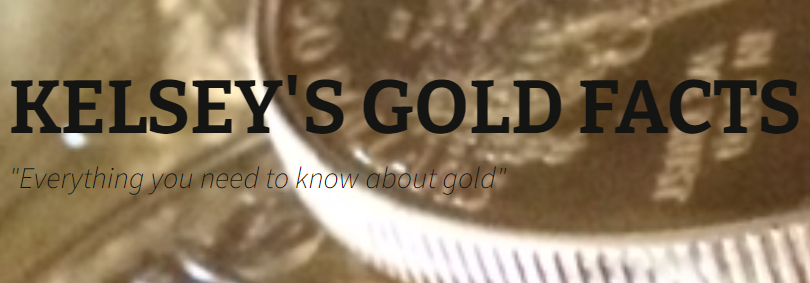The emphasis on “NOT” in the title of this article is critical to a better understanding of what inflation is – and isn’t. We hear all the time: “Inflation rose sharply last month as consumer prices increased by .6%”, or something similar.
We also hear that higher prices themselves are a cause of inflation. Example…
“The reason that recent inflation figures were so much worse than expected was because the price of gasoline at the pump rose sharply last month. Higher food and energy prices continue to push inflation higher and news that workers are demanding higher wages will fuel even more inflation.”
That leads to an even worse assumption regarding inflation. “We” cause it by our actions and demands. Workers asking for higher wages is termed “wage inflation”; landlords raise the rent so we have “rent inflation”; higher home prices are defined as “house inflation”.
WHAT INFLATION IS
Let’s start at the beginning. The first step is to define inflation clearly and accurately…
Inflation is the debasement of money by governments and central banks. All governments inflate and destroy their own currencies.
The ‘debasement’ of money refers to the continuous expansion of the supply of money and credit.
The continuous expansion of the supply of money and credit cheapens the value of all the money in circulation and leads to a loss in purchasing power.
The loss in purchasing power shows up in the form of higher prices.
The higher prices are the effects of inflation.
WHY GOVERNMENTS INFLATE
Governments inflate the money supply to finance their grandiose spending plans. The spending facilitates expansion of government control and power.
The Federal Reserve guarantees that the U.S. Treasury will have all the money it needs.
Whenever any issue of new U.S. Treasury bonds is undersubscribed to any degree, the Federal Reserve and its primary dealers purchase and hold on their books any remaining securities not sold to other investors.
The U.S. Treasury receives a deposit for the full amount (not always the face amount) of the bonds issued, whether fully subscribed or not.
Where does the Federal Reserve get the money to make up the difference not received in actual auction proceeds? They create it (inflation, i.e., expansion of the money supply).
THE BIGGEST SOURCE OF INFLATION
In addition to funding the U.S. government’s deficit, the Federal Reserve also intervenes in the financial markets to “manage” the effects of inflation that it has previously created. Nearly all of the money that was advanced in reaction to the crises related to the Great Recession 2008-10 was created by the Federal Reserve (out of nothing; out of thin air) and was an “expansion of the supply of money and credit”.
The biggest source of inflation today is not the government. The biggest source of inflation is the Federal Reserve. This is primarily due to the process of fractional-reserve banking.
PURPOSE OF THE FEDERAL RESERVE
The Federal Reserve is a banker’s bank. It is a private institution incorporated in 1913. Its incorporation was authorized by an act of Congress.
The purpose of the Federal Reserve is self-serving: to provide an environment where banks can create and lend money in perpetuity – and, collect the interest therefrom.
What the Fed says publicly about their purpose, policies, actions, and intentions is window dressing. As a result, you should not expect actions and responses from the Fed that are inconsistent with their own desire for self-preservation.
Presumably, the Fed does not want to see a complete destruction/repudiation of the U.S. dollar. Hence, its efforts to raise interest rates in order to (hopefully) minimize the effects of inflation appear as reasonably favorable. But don’t expect them to stop or pivot based on your logic and assumptions.
If they really wanted to stop inflation, they would stop creating money and credit. They won’t do that, of course, because it would radically alter the interest income they “earn” by creating all of that money and credit.
It would also trigger a deflationary collapse and full-scale depression which would hamper banks’ efforts to collect accrued interest income and impact negatively the principal loan amounts outstanding.
INFLATION FACTS TO REMEMBER
- Government and central banks create inflation for their own purposes; respectively, to finance spending deficits and collect interest income.
- Higher prices are the result of a loss in purchasing power and are the effects of inflation.
- The effects of inflation are unpredictable (i.e., higher prices are not correlated proportionately to the amount of inflation created).
- The Federal Reserve is a private institution, a banker’s bank; and the biggest source of inflation.
- The effects of Federal Reserve inflation have destroyed 99 percent of the U.S. dollar’s purchasing power.
Whether the Fed pauses, pivots, or not with respect to their current quest to raise interest rates does not reverse the damage that has been done by intentionally creating inflation for more than a century.
Nor, will their action lessen the risks we face going forward. Sooner or later, calamitous financial events and economic devastation will result.


